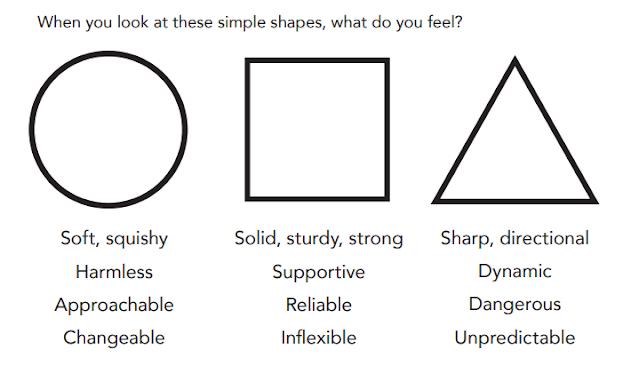This week, our lecture was on Reflective Practice - the contemplation of experiences to improve and inform future work. Continuous reflection helps a person understand what they are doing well, and what they can improve on, this is useful in both educational settings and the workplace. As mentioned in my first Reflective Journal post, I am expected to use reflective practice to maintain a journal of my experience during my masters course, and have been trying my best to summarise each week in my journals, going over my learning experiences and my plans to move forward with what I've learned, and what I may need to consider in order to improve; "Journal writing can be used to enhance what we do and how we do it. As a vehicle for learning, it can be used in formal courses, our pro-fessional practice, or any aspect of informal learning." (Boud, 2001).
The primary focus for my weekly journals is critical reflection - a form that requires me to "step back" and assess my ideas and method of working, in order to see how I could enhance and/or change my usual system for the better. In a university setting, where I'm collaborating with other students, this is specifically useful; "Working in pairs or with a group for which learning is reason for being can begin to transform perspectives and challenge old patterns of learning. It is only through a give and take with others and by confronting the challenges they pose that critical reflection can be promoted" (Boud, 2001).
Over the duration of my course so far, I would say one of my main challenges has been getting used to working in a group. Excluding a short group project in my second year as an undergraduate, I have primarily worked alone on all my projects, and have had to work out the best way to work effectively as a team member. I have found frequent communication with my team to be vital, as well as regular discussions and updates of our progress.
 |
| Fig. 1: Unknown maker. No title. - SMART Goals |
SMART Goals, a framework used to set both business and personal targets, were also discussed in this week's lecture. Setting SMART goals can help me with self-management and keeping myself accountable, as well as making sure I'm setting myself realistic targets. An example of a personal SMART goal would be:
- SPECIFIC: I will complete six reflective journal entries.
- MEASURABLE: I will have five entries complete by reading week.
- ACHIEVABLE: Making sure to take notes will aid my ability to complete journal entries in a timely manner.
- RELEVANT: Completing the journal entries will help me in my self-reflection and self-directed study, improving my overall work.
- TIME-BOUND: My entries will be ready for my peer review on November 2nd.
 |
| Fig. 2: Spence, 2022. Ghoul-seum |
This week I attended another life drawing class. Unfortunately due to some scheduling issues, the expected model didn't come in, so instead the tutor set up a scene for us to study. We were told to take photos and focus on specific areas, do lots of quick rough studies of areas and aspects of the scene, eventually finding an area we could focus on for a longer piece. I prefer working from a live model, as it helps me better understand human anatomy, something that aids my ability to improve my character designs. But, I still enjoyed the class, and could see the benefits of a set up like this, especially for environment design.
 |
| Fig. 3: Spence, 2022. (Still) Life Drawing |
At the end of the week I attended an undergraduate class on concept art, this week focusing on creating quick concepts for human characters. Despite continuing to create digital art between my undergrad and masters, creating fast, rough, but readable concepts is not something I've done much of. My usual method of sketching out a character or illustration, is lots of lines which make very little sense to anyone but myself. This class, lead by Phoebe Herring, was a great learning experience for me. Part way through the lecture the class was tasked with sketching silhouettes, playing with perspective and poses to create suggestions about what kind of character we were drawing. After this there was discussion of proportion and anatomy, and advice on books to read and draw from. I intend to invest in some of these books to improve my drawing ability for character concepts.
 |
| Fig. 4: Spence, 2022. Silhouettes |
 |
| Fig. 5: Spence, 2022. Chest Asset WIP |




No comments:
Post a Comment